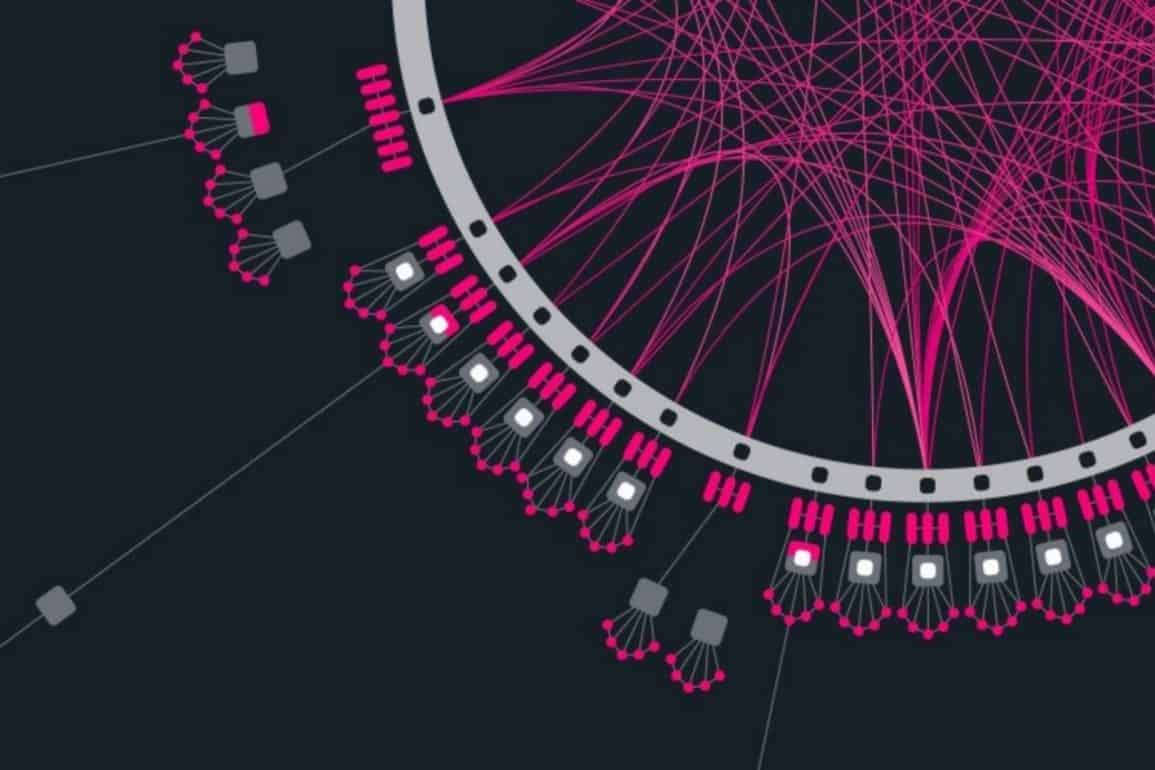- Summary:
- Polkadot has introduced a Substrate Marketplace, which will offer greater developer experience. We tell you how it works and its benefits.
The Substrate Developer Hub of the Polkadot network protocol has received a substantial upgrade with the introduction of a Substrate Marketplace. The update attempts to improve the learning and building experience. When it comes to project planning for Polkadot, Kusama, or solochain, developers now have an improved experience thanks to the launch of Substrate Marketplace. By using the GraphQL API, the Marketplace sources pallets posted to crates.io and runtimes from Github repositories.
Substrate Marketplace provides a more personalised experience for developers constructing their own chain. On the other hand, crates.io allows access to pallets published by Parity and the community. Also, the Substrate Marketplace will get even better in the future with a number of interesting new features. Furthermore, it will play a critical role in helping developers of all skill levels navigate the array of possibilities available to them.
What does the Polkadot Substrate Marketplace bring?
There are three major areas to the Polkadot Substrate Marketplace:
The “Runtimes” section comes first. It includes listings of runtimes for more than one hundred different projects, many of which are popular on the parachain. Also, you may narrow your search for scaffolding by category. They can also witness how pallets merge to construct unique blockchains tailored to specific needs.
“Pallets” is the second segment of the market. Sections in this part include approximately 100 open source and extensible modules that can implement standard blockchain functionalities.
The third component of the Polkadot Substrate marketplace is called “Projects.” Currently, over 120 current projects are listed in this section of the Substrate and Dotsama ecosystems. DeFi, file storage, and smart contracts are just some of the items on the list.
The introduction of a Substrate Marketplace will likely attract more developers to Polkadot as their preferred platform. A substrate is an infrastructure that enable the development of blockchains more efficiently. They can run completely independently, as they don’t require any other technology to function.


